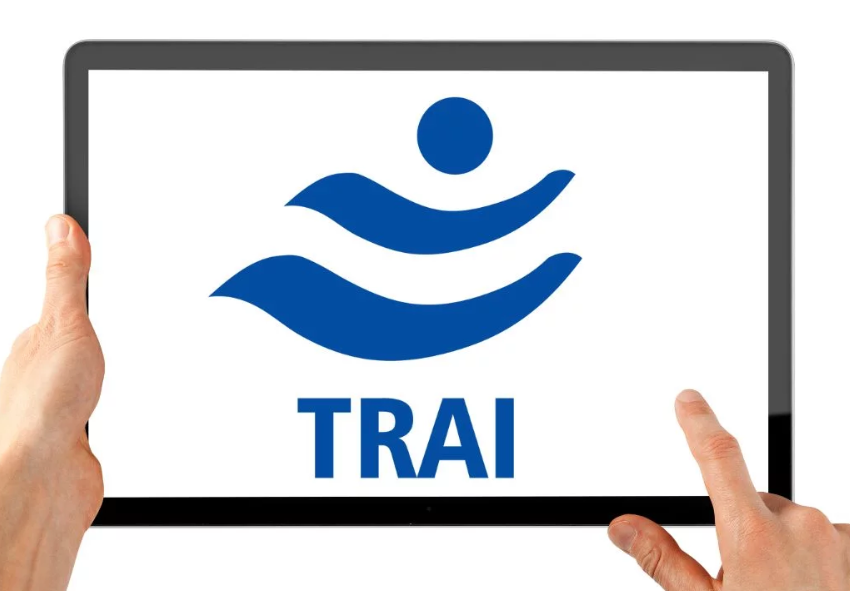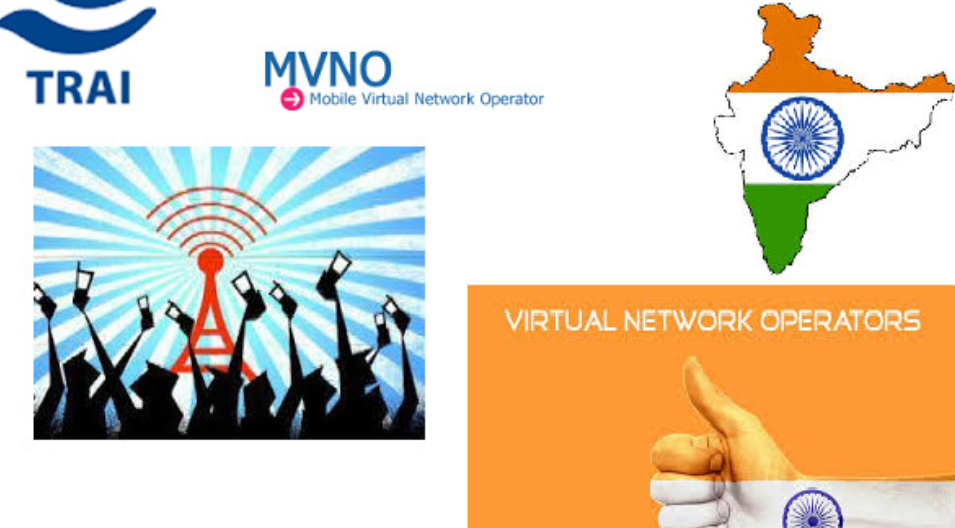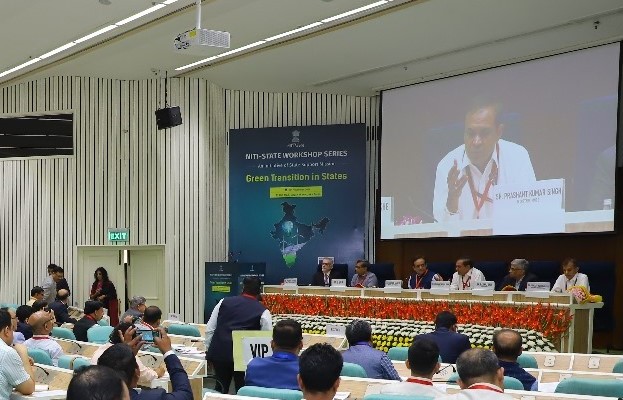The Telecom Regulatory Authority of India (TRAI) has published its latest recommendations regarding connectivity for Access Service Virtual Network Operators (VNOs) from more than one Network Service Operator (NSO). This follows a request by the Department of Telecommunications (DoT), which sought TRAI’s input on this matter through a letter dated July 7, 2023, as per Section 11(1)(a) of the TRAI Act, 1997.
To gather feedback, TRAI released a Consultation Paper on February 23, 2024, inviting comments from stakeholders. A total of nine stakeholders provided their inputs, while four submitted counter-comments. An Open House Discussion was also held on May 8, 2024, to further explore the topic.

Background on VNOs and NSOs:
Virtual Network Operators (VNOs) were introduced by DoT in 2016 and are regarded as extensions of NSOs. VNOs offer telecommunications services by leasing network resources from NSOs through mutual agreements. Under the current licensing regime, VNOs can partner with multiple NSOs for services that do not require customer numbering or unique identification, except Access Services.
TRAI’s Key Recommendations:
1. No Cap on NSO Agreements for Wireline Access:
TRAI has recommended removing the limit on the number of NSOs from which an Access Service VNO can obtain connectivity to provide **wireline access services** in a Licensed Service Area (LSA). This move is intended to improve service flexibility and encourage competition.
2. Flexibility in Wireless and Wireline Connectivity:
TRAI has also recommended allowing Access Service VNOs that offer both wireless and wireline services in an LSA to partner with different NSOs for these services. This flexibility would be in addition to the current regime, where VNOs can obtain connectivity for both services from the same NSO within an LSA.
Impact on Service Quality:
TRAI believes that the implementation of these recommendations will significantly enhance the quality of wireline services in India. By enabling VNOs to collaborate with multiple NSOs, it would allow them to offer better and more competitive services to consumers, thereby improving the overall telecom experience.




